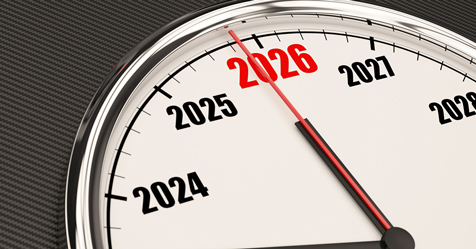As we begin to see rays of sunshine peaking through the economic storm clouds, virtually every organization is looking for ways to reduce costs.
Many have indiscriminately reduced budgets without examining the negative impact on their operations or in servicing their customers.
A growing list of companies are responding to tighter budgets and increased competition by adapting their businesses through the application of a process known as LEAN.
LEAN is defined as a collection of principles, methods and tools that improve the speed and efficiency of any process by eliminating waste.
LEAN principles have their roots in the Toyota Production System (TPS) of the 1950s, which have been successfully applied to world class manufacturing companies, such as General Electric.
However, the LEAN process can be applied to virtually any business or operation, including distribution businesses and facility cleaning operations.
The search for ways to reduce costs has not escaped the cleaning industry.
Applying LEAN concepts to in-house cleaning operations can help improve results and drive down costs.
A building service contractor (BSC) can also benefit by becoming more competitive through cost reductions without compromising quality.
Cleaning operations that figure out how to reduce costs without compromising results will survive and thrive today and into the future.
This article is not a tutorial on LEAN processes, but is intended to foster understanding of the connection between LEAN, sustainability and green cleaning.
Common Goals
LEAN processes have a lot in common with green cleaning and the sustainability initiatives that are sweeping through many organizations.
The concepts have the common goal of reducing waste, which can produce synergistic results as summarized in Table 1.


